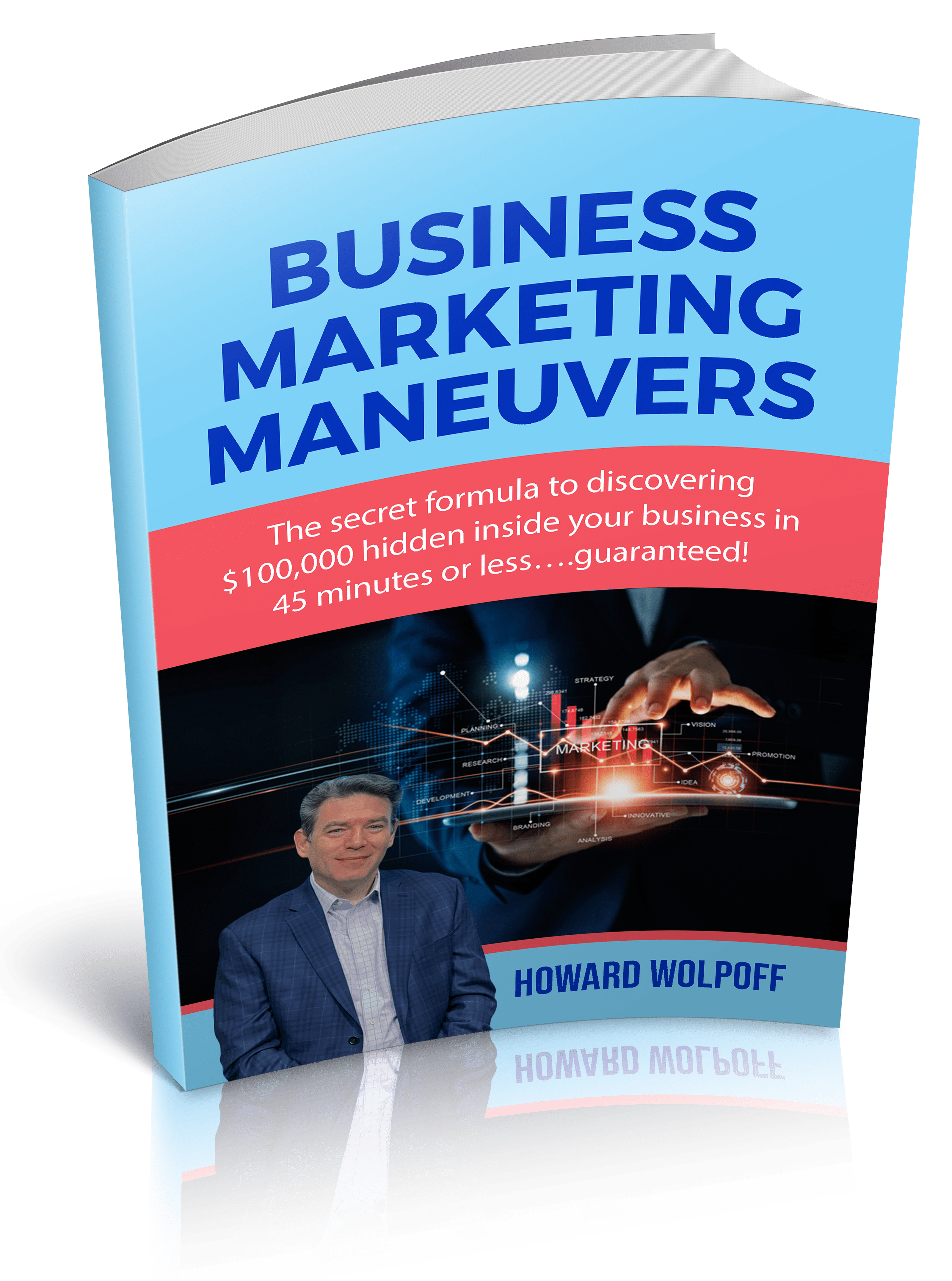As a small business owner, I’ve decided that 2024 is not just another year—it’s a pivotal moment for a groundbreaking shift. No more being tethered to the sidelines, meticulously working on the business; this year is all about rolling up the sleeves and diving in. The focus? To actively work in my business, crafting a hands-on approach that drives innovation, fosters a deeper connection with the core operations, and propels us to new heights.
💡 Embracing a New Mindset: 2024 marks the beginning of a transformative journey where I’m redefining my role. Beyond strategic planning, I’m immersing myself in the day-to-day intricacies, ensuring that every decision aligns with the core values and goals. It’s about fostering a culture of collaboration, where my direct involvement becomes a catalyst for positive change.
🌐 Navigating Innovation Within: This year, I’m not just steering from the top; I’m navigating the currents of innovation within my business. Actively engaging in the creative process, I aim to inspire a culture of continuous improvement. By working in tandem with my team, we’re set to explore fresh ideas, embrace emerging trends, and push the boundaries of what’s possible.
📈 Leading to Unprecedented Heights: The goal for 2024? To see my business soar to unprecedented heights. By working in the business, I’m confident we’ll build stronger foundations, enhance customer experiences, and create a legacy of success.
Join me on this journey of transformation, where every day is an opportunity to make strides toward greatness. Here’s to flipping the script and making 2024 our year of hands-on success! 🚀✨



